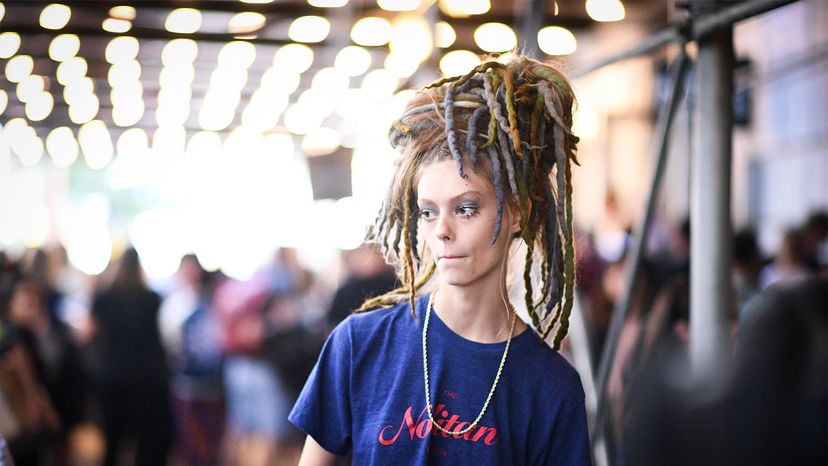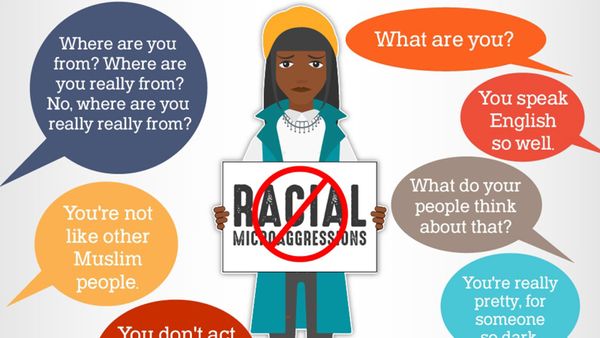
Earlier this month, Nordstrom had to apologize for advertising a turban designed by Gucci for $790, which closely resembled sacred turbans worn by people of the Sikh faith. "We feel that companies are commodifying and capitalizing on something that is dear and sacred to people around the world," Simran Jeet Singh, a senior fellow with the New York-based Sikh Coalition told the Associated Press.
Nordstrom stopped carrying the product though Gucci has not yet responded to the criticism. In February, Gucci got into trouble for featuring a black sweater that could be pulled over the chin and nose; the sweater had a cutout for the mouth framed by giant red lips and called to mind images of blackface for many people. Gucci ended up removing the offending garment.
Advertisement
The health food restaurant Sweetgreen also recently came under fire for using the hip hop lyrics of black artists to promote items on their menu in predominantly wealthier, whiter neighborhoods.
The rise of social media has significantly contributed to public outcries against what some people see as the exploitation of cultures that historically have been marginalized. (For instance, Brazilian model Alessandra Ambrosio was pilloried on Instagram for posting a picture of herself wearing a Native American headpiece to the 2014 Coachella music festival.) Others argue the movement has gone too far in persecuting people who mean no harm. So, where's the line?
Advertisement


